Endothelial responses of the alveolar barrier in vitro in a dose-controlled exposure to diesel exhaust particulate matter
- PMID: 28264691
- PMCID: PMC5339948
- DOI: 10.1186/s12989-017-0186-4
Endothelial responses of the alveolar barrier in vitro in a dose-controlled exposure to diesel exhaust particulate matter
Abstract
Background: During the last 250 years, the level of exposure to combustion-derived particles raised dramatically in western countries, leading to increased particle loads in the ambient air. Among the environmental particles, diesel exhaust particulate matter (DEPM) plays a special role because of its omnipresence and reported effects on human health. During recent years, a possible link between air pollution and the progression of atherosclerosis is recognized. A central effect of DEPM is their impact on the endothelium, especially of the alveolar barrier. In the present study, a complex 3D tetraculture model of the alveolar barrier was used in a dose-controlled exposure scenario with realistic doses of DEPM to study the response of endothelial cells.
Results: Tetracultures were exposed to different doses of DEPM (SRM2975) at the air-liquid-interface. DEPM exposure did not lead to the mRNA expression of relevant markers for endothelial inflammation such as ICAM-1 or E-selectin. In addition, we observed neither a significant change in the expression levels of the genes relevant for antioxidant defense, such as HMOX1 or SOD1, nor the release of pro-inflammatory second messengers, such as IL-6 or IL-8. However, DEPM exposure led to strong nuclear translocation of the transcription factor Nrf2 and significantly altered expression of CYP1A1 mRNA in the endothelial cells of the tetraculture.
Conclusion: In the present study, we demonstrated the use of a complex 3D tetraculture system together with a state-of-the-art aerosol exposure equipment to study the effects of in vivo relevant doses of DEPM on endothelial cells in vitro. To the best of our knowledge, this study is the first that focuses on indirect effects of DEPM on endothelial cells of the alveolar barrier in vitro. Exposure to DEPM led to significant activation and nuclear translocation of the transcription factor Nrf2 in endothelial cells. The considerably low doses of DEPM had a low but measurable effect, which is in line with recent data from in vivo studies.
Keywords: Air-liquid-interface; Coculture; Diesel exhaust particles; in vitro model.
Figures
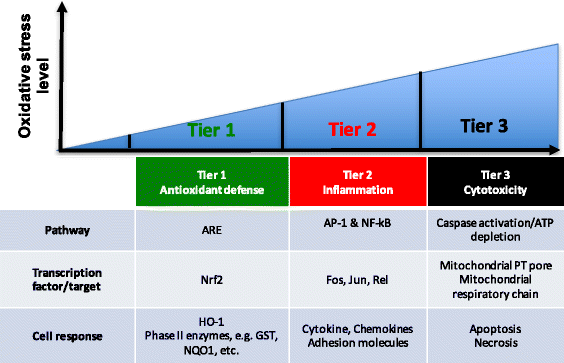
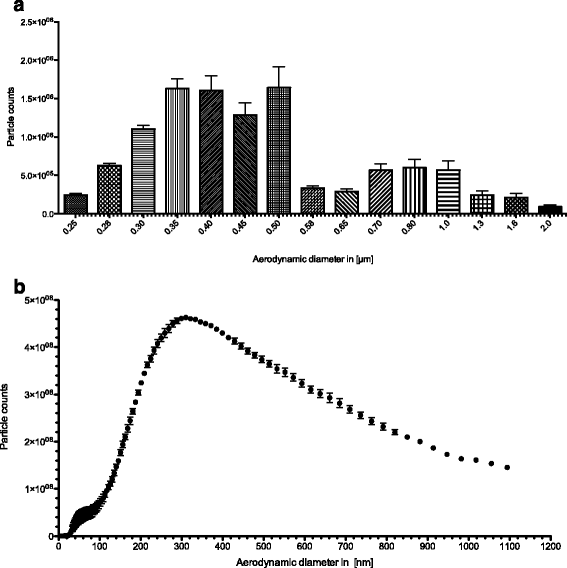

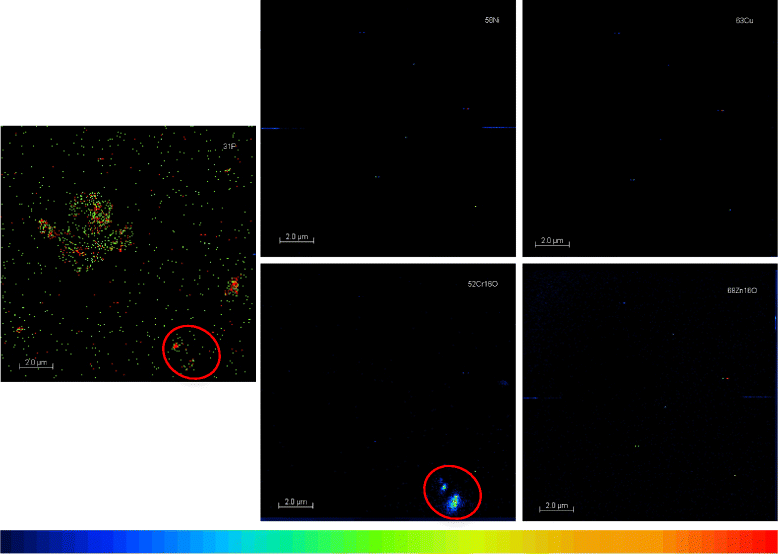
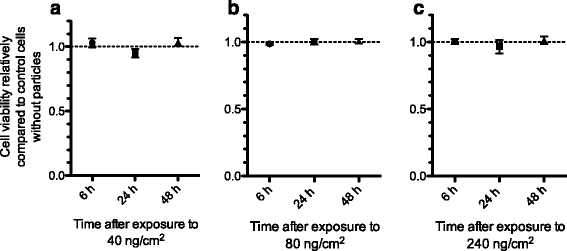
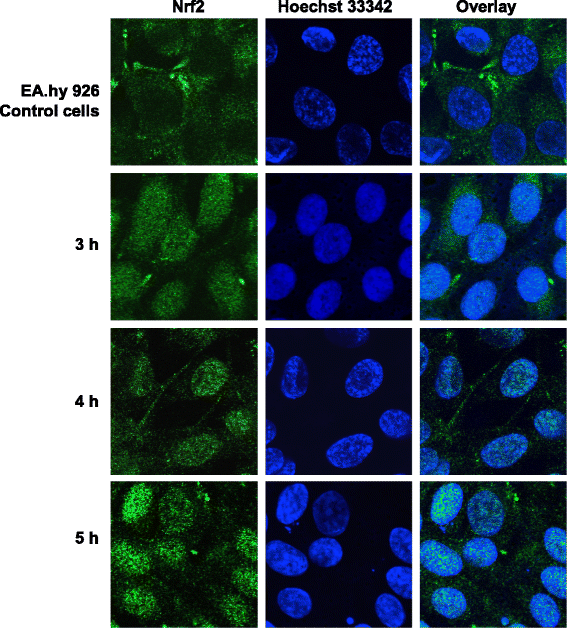
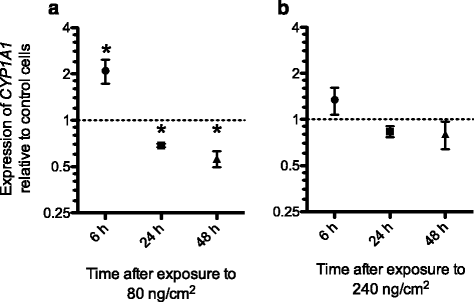
References
-
- Buchholz S, Junk J, Krein A, Heinemann G, Hoffmann L. Air pollution characteristics associated with mesoscale atmospheric patterns in northwest continental Europe. Atmos Environ. 2010;44:5183–5190. doi: 10.1016/j.atmosenv.2010.08.053. - DOI
Publication types
MeSH terms
Substances
LinkOut - more resources
Full Text Sources
Other Literature Sources
Miscellaneous

